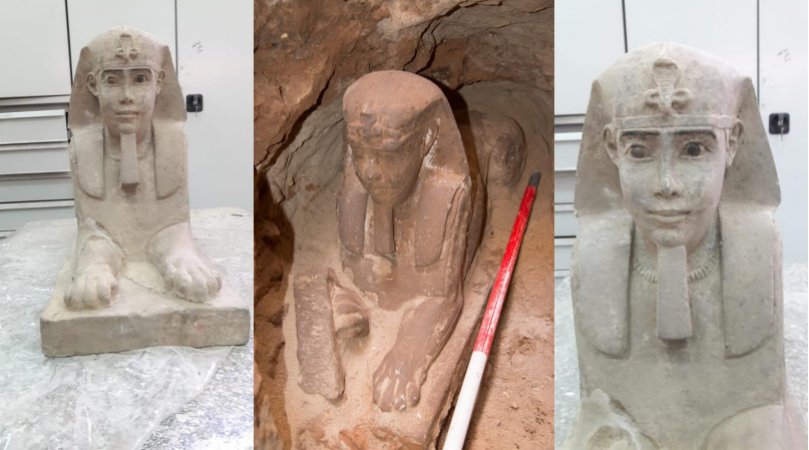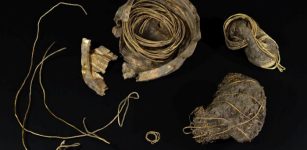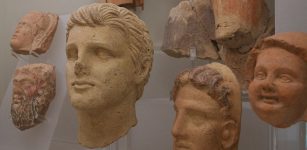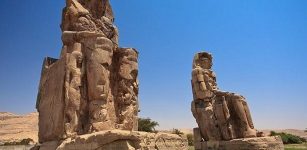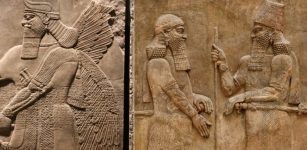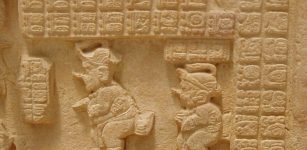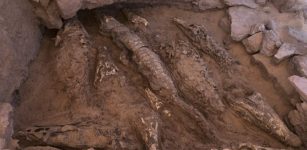Sandstone Statue Of A Sphinx Discovered In Kom Ombo Temple
AncientPages.com - Archaeologists excavating in Egypt announced they have unearthed an intriguing sandstone statue of a sphinx.
The discovery was made in Kom Ombo temple in Aswan. There are not many ancient Egyptian temples dedicated to two gods. Temple of Kom Ombo is unusual in that sense that it honors both the ancient Egyptian crocodile god Sobek and the falcon-headed god Horus.
Ministry of Antiquities reports that “the discovered statue most probably dates back to the Ptolemaic era as it was found in the south-eastern side of Kom Ombo temple, the same location where the two sandstone reliefs of King Ptolemy V were previously uncovered 2 months ago.”
Credit: Ministry of Antiquities
Abdel Moneim Saeed, General Director of the Aswan Antiquities said that the mission will conduct more archaeological studies to know more information about the newly discovered Sphinx.
He pointed that the two previously discovered reliefs date back to king Ptolemy V. They are engraved of sand stone inscribed with hieroglyphic and demotic writings and upon their discovery they were transferred to the National Museum of Egyptian Civilization in Fustat for conservation and to enter within the displaying scenario of the museum.
See also:
How The Great Sphinx Gave Thutmose IV Power To Become Pharaoh
Ancient Marble Statue Of Sphinx Discovered In Tang Dynasty Tomb
Although most people associate Egypt with the Great Sphinx of Giza, it’s by no means unusual that archaeologists find ancient statues of this enigmatic creature that played an important role in the distant past.
Not long ago, a large sphinx was discovered in Luxor, Egypt. The ancient statue has a "lion's body with a human head". According to Egyptian officials, the ministry is currently working on lifting the statue because due to the nature of the environment it is in, it cannot be extracted directly from its place. The sphinx’s remains are still embedded in soil.
New archaeological discoveries confirm the Sphinx was one of the most important symbols in humanity's records.
AncientPages.com

